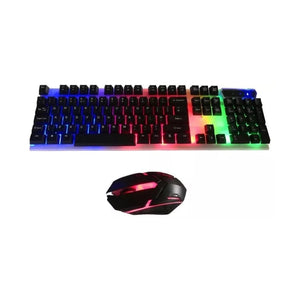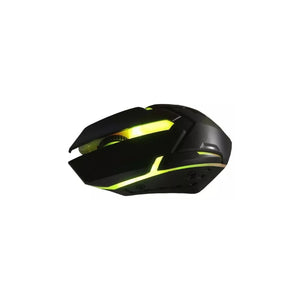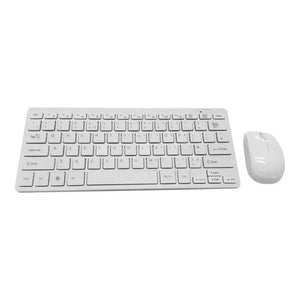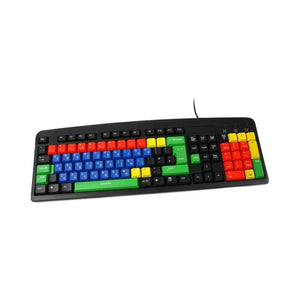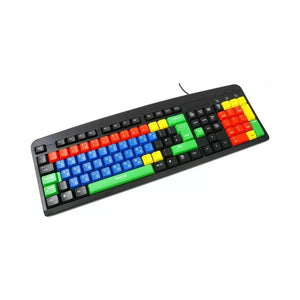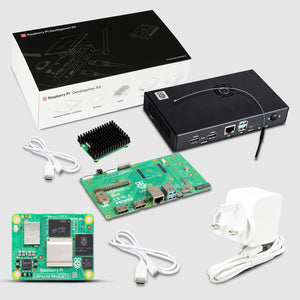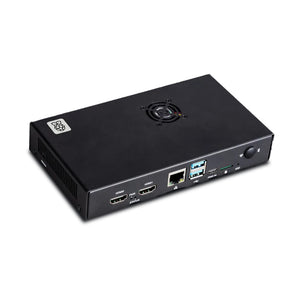IoT connectivity specialist Quectel has unveiled four fresh models featuring Wi-Fi and Bluetooth connectivity, offering a blend of performance, low power consumption, and a small footprint suitable for portable applications.

Quectel's Chief Sales Officer, Norbert Muhrer, comments on the company's latest communication modules: The addition of the Quectel FCU741R, FCS950R, [HCM111Z,] and HCM010S to our lineup gives developers and designers the flexibility to choose the module that best fits their use case. The combination of low power consumption, efficient design, compact size, and high performance makes these modules suitable for a wide range of IoT applications.
The first module in the new range is the Quectel FCU741R, a Wi-Fi 4 module offering dual-band 2.4GHz and 5GHz operation with a maximum data rate of 150Mbps. Featuring a USB 2.0 interface, the module supports either a first-generation radio-frequency coaxial connector or a pin antenna interface using surface-mount technology (SMT) for antenna connectivity. This latter option is particularly suitable for rugged devices, given the module's wide operating temperature range of -20-70°C (-4-158°F).
Sitting higher in the family, the Quectel FCS950R offers Wi-Fi 5 support with up to 433.3Mbps throughput and Bluetooth 5.2. Similar to the FCU741R, it supports surface-mount installation and the same broad temperature range. Additionally, it includes an "advanced package" with a laser-engraved label for improved heat dissipation.
The final model in the new lineup is the Quectel HCM111Z, which supports Bluetooth 5.3 Low Energy (BLE) and features an Arm Cortex-M3 core running at up to 48MHz, 48kB of static RAM (SRAM), and 512kB of flash storage. However, it offers fewer accessible GPIO pins compared to the HCM010S, resulting in a smaller footprint.


